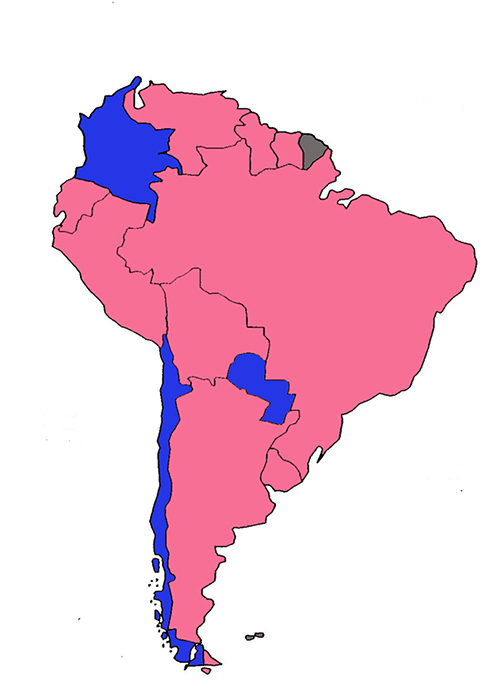It is hard to find a clear answer why Americans dropped the bomb specifically on Hiroshima. It was indeed a key military object in that it was a port through which the Japanese troops were sent overseas. However towards the end of the war the American planes had such an overwhelming control of the skies that any city could be easily destroyed using conventional bombs. Tokyo for one for practically levelled by incessant bombings. At a certain moment the American High Command on the contrary created a list of cities where conventional bombing was forbidden – so that in case of a possible atomic bombing the results would be most obvious. On this list was also Kyoto (16 UNESCO World Heritage sites). Later after some reflection Kyoto was removed from the list. Hiroshima however remained as number 1. One of the theories is that it was thought to be the only city without POW camps (which turned out wrong).
On 6 August 1945 the first atomic bomb in the history of humanity was dropped on Hiroshima. This action led to the deaths of 140000 persons, from the first second to years later, due to explosive wave, heat, fires and radiation.
In today’s Hiroshima no visible traces of the bombing persist. The old quarters are all built up with modern buildings. But one building remains as it was right after the attack. It was one of the rare concrete buildings in Hiroshima. The models showing the situation after the explosion the city looks like a grey ashen desert in every direction – and only this building stands in the middle, like a monument. The hypocentre of the explosion was just a couple of metres away.
Continue reading Hiroshima
